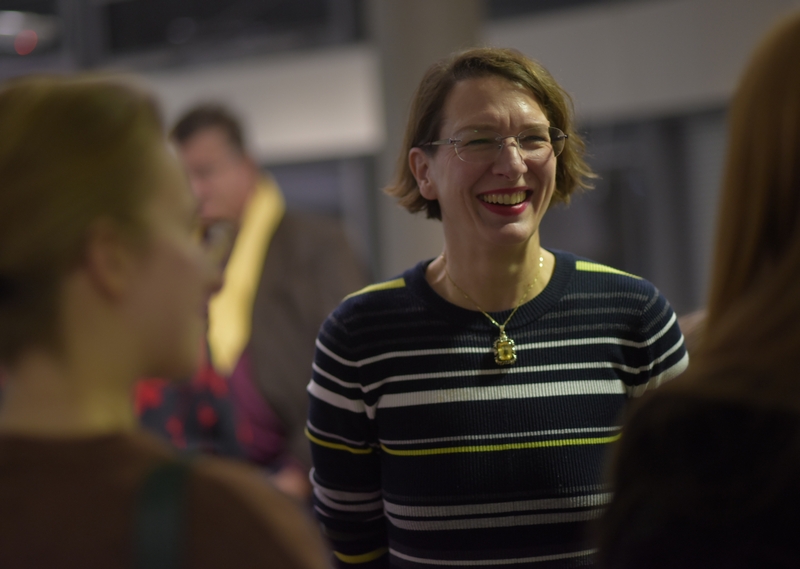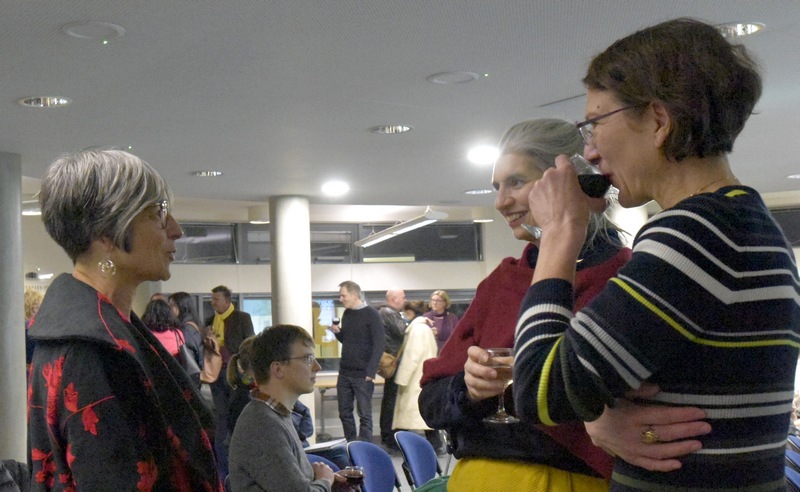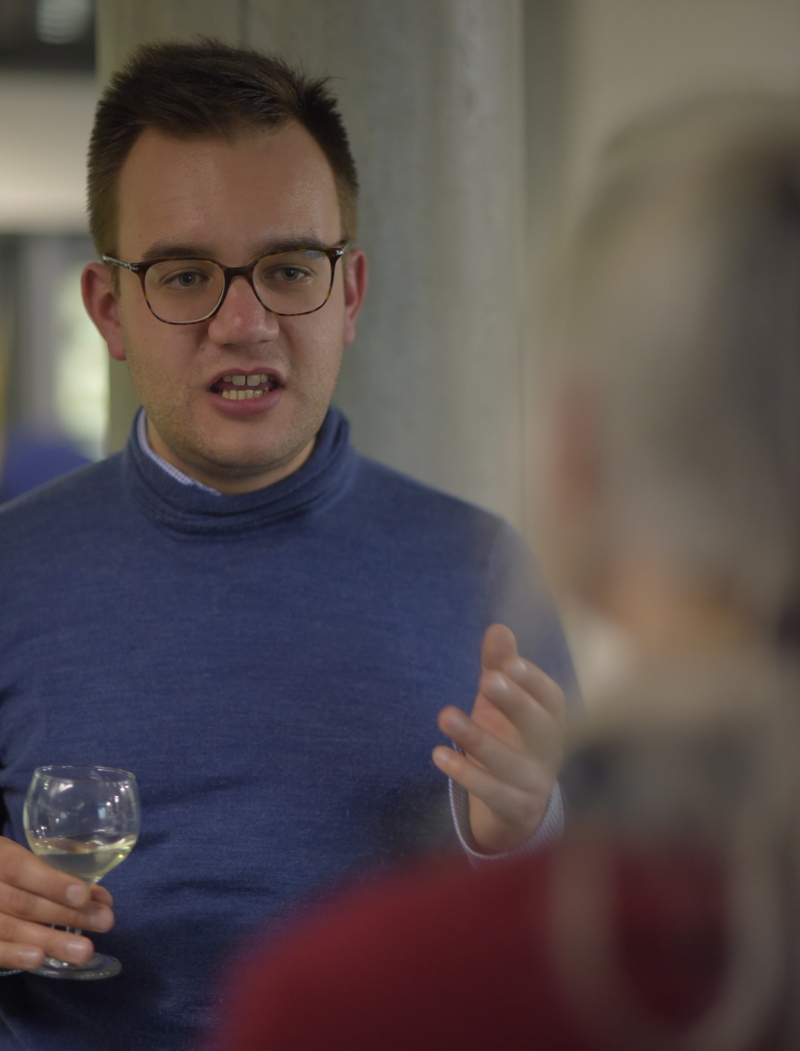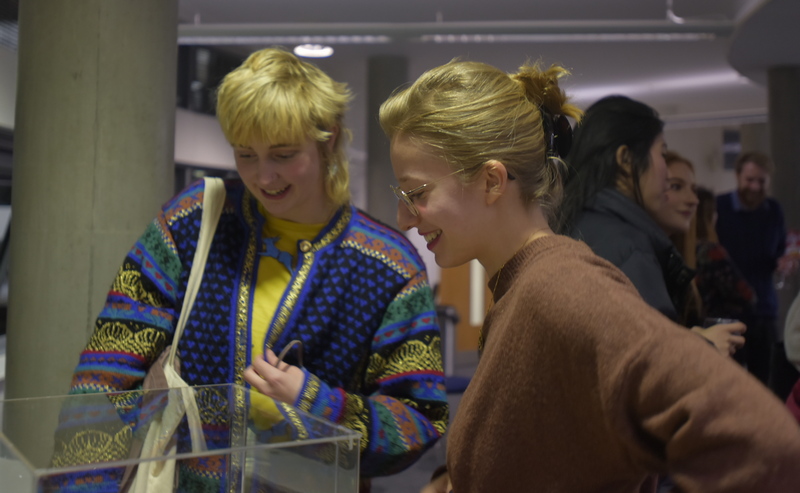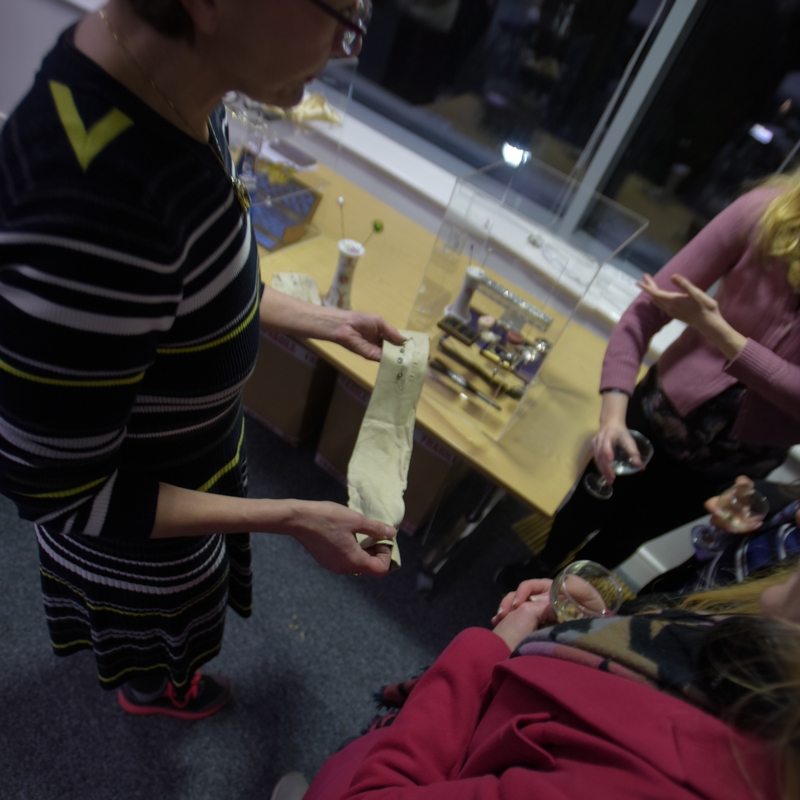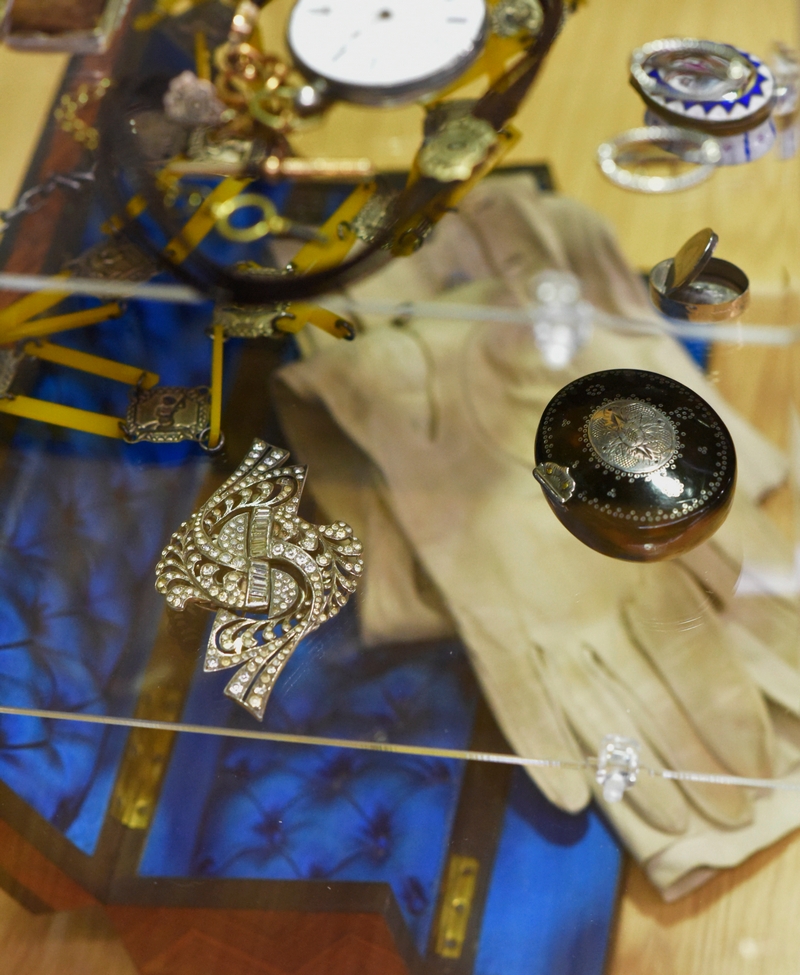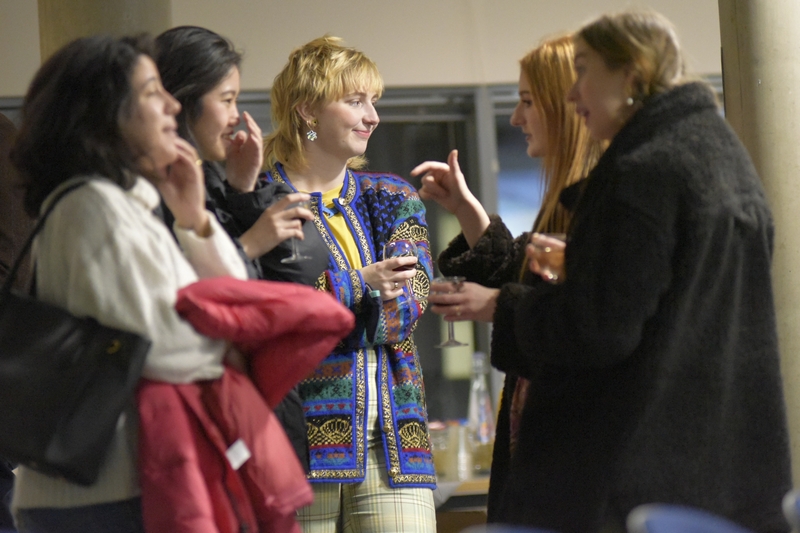We have been busy this summer, with talks and handling workshops – and there is still more to come, so if you haven’t caught us yet, make a note of upcoming dates and check back for further details:
Future events
● Wednesday 13 September – Public workshop:
Intergenerational workshop, part of the Social Connections Project at York Cares (funded by the York Community Grant).
● Thursday 19 October – Public Talk at Wentworth Woodhouse:
Professor Cordula van Wyhe: ‘Accessorizing the Flapper Girl: Fashion between the Old, the New and the Global in Interwar Europe’.
Past 2023 events
● 11 January: York Talks – ‘Modernity and Make-Up: Big Stories in Small Powder Compacts’ – at the Ron Cooke Hub, University of York.
● 27 June: ‘One Object Many Voices: Fashion History Up Close: Encounters with the Materiality of Victorian Parasols and Walking Canes’, Public Event. Dr Cordula van Wyhe (Department of History of Art) with Guest Speakers, Gil Dye (independent researcher and lace maker); Dr Chris Holland (Senior Lecturer in Natural Materials, the University of Sheffield; and Rick Sutton (bone carver) – at King’s Manor, University of York.
● 12 July: ‘One Object Many Voices: Fashion History Up Close: Looking at Georgian Fashion from the Inside Out‘, Public Event. Dr Cordula van Wyhe; Vanessa Jones (Assistant Curator, Leeds Museum and Galleries); and Dr Sarah Burnage (Curator, Fairfax House) – at Fairfax House, York.
● 2023: ‘Fashion History in Your Hands’, Handling Workshop for All Ages, led by Dr Cordula van Wyhe – in the Spencer Wing, Cannon Hall Museum, 12 August.
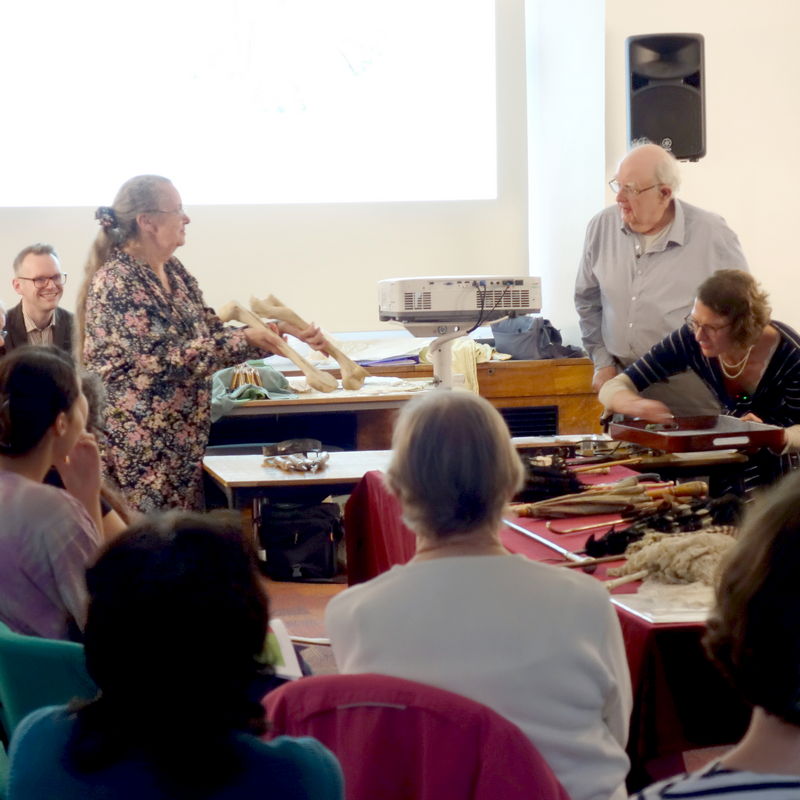

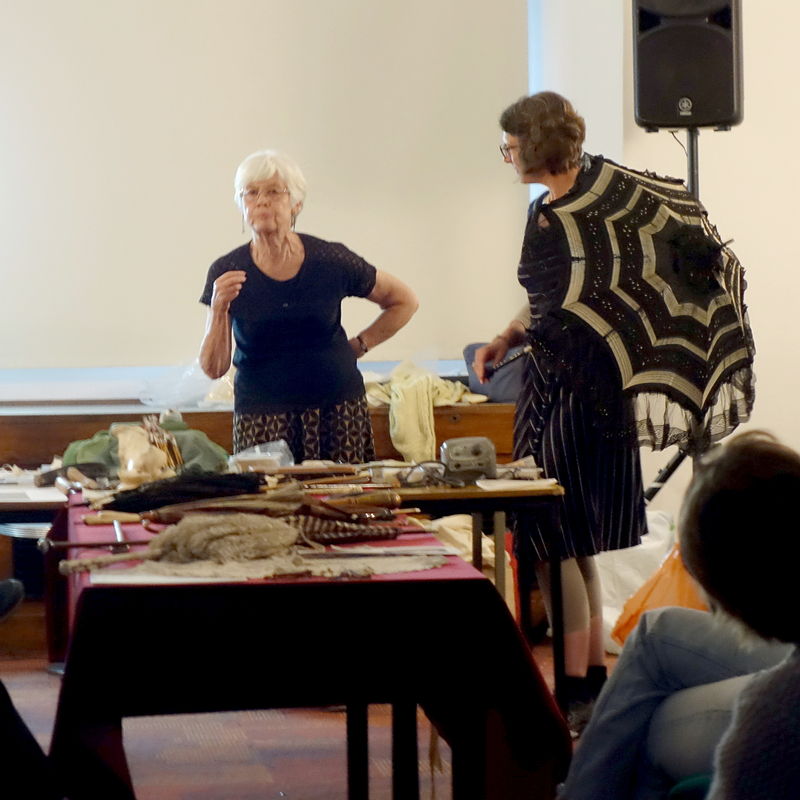

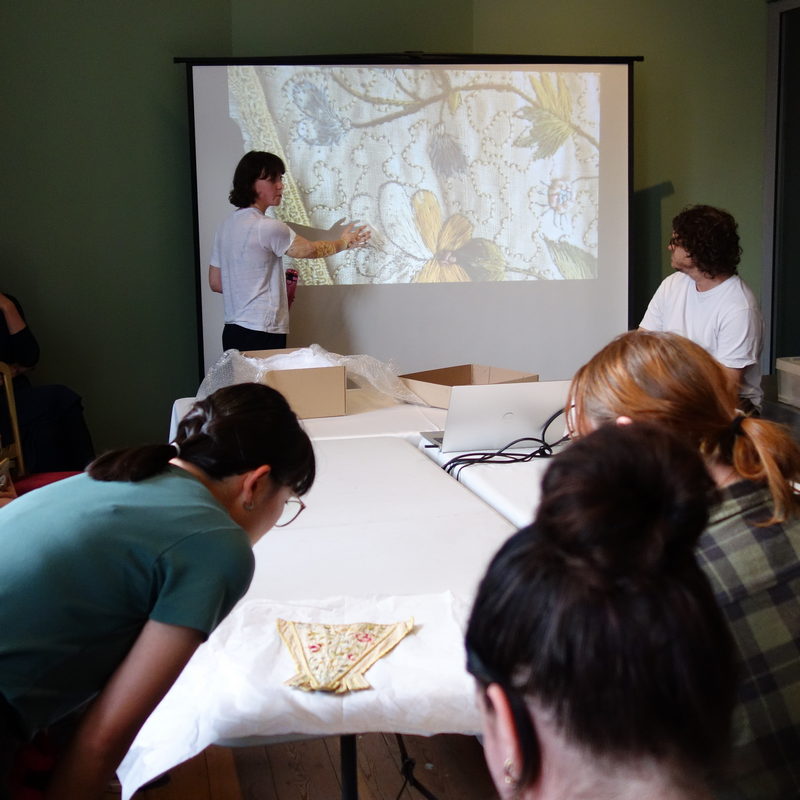



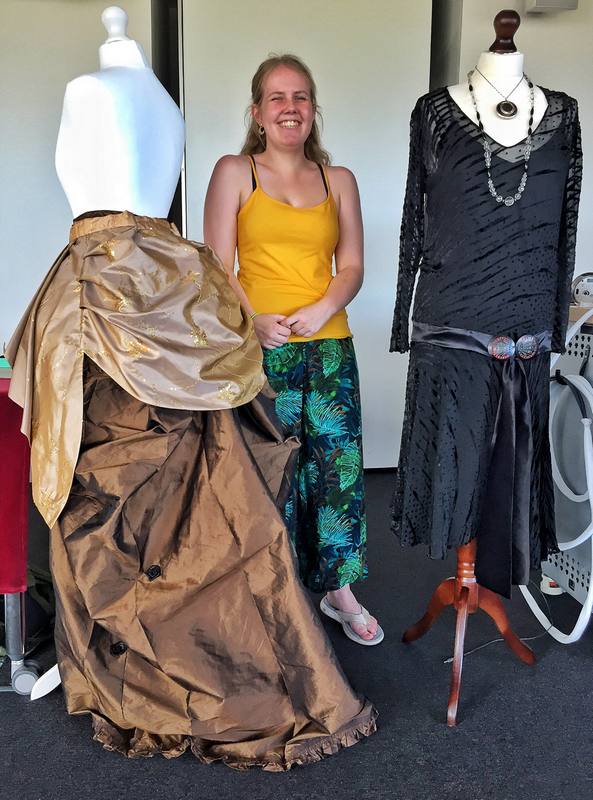
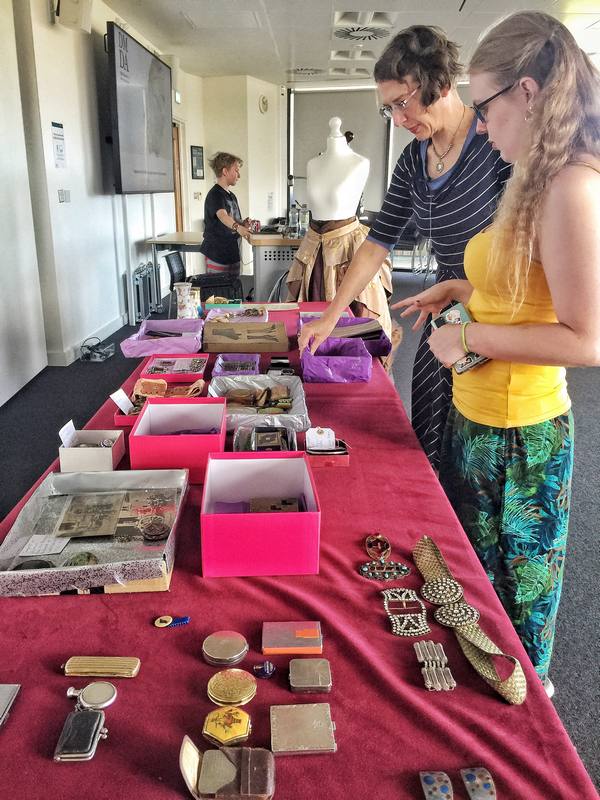
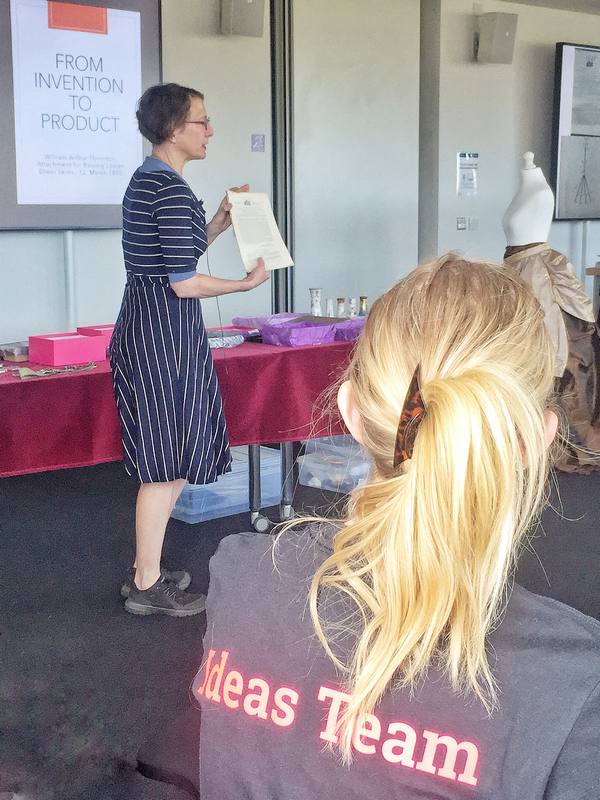
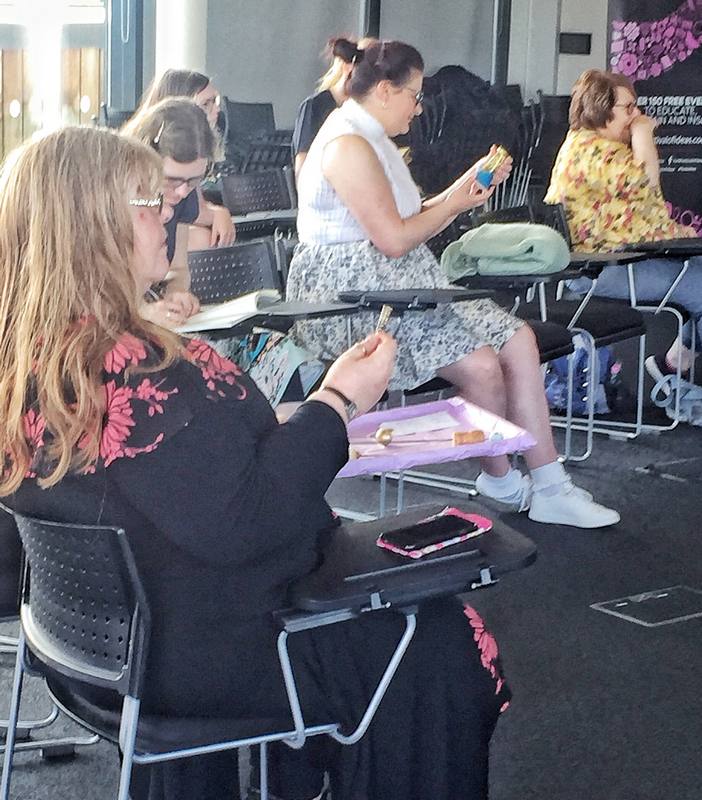
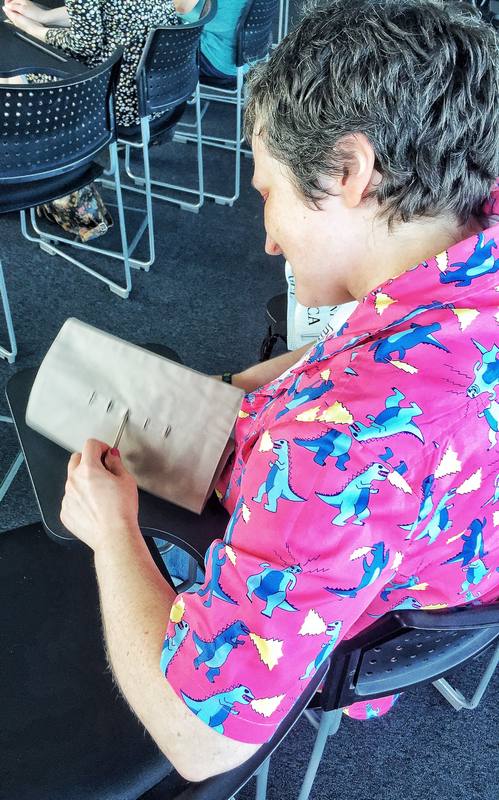
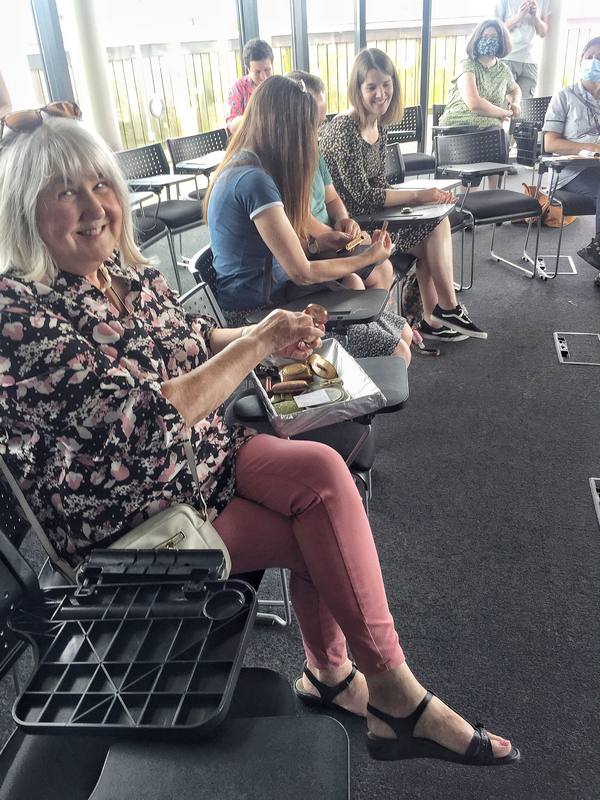

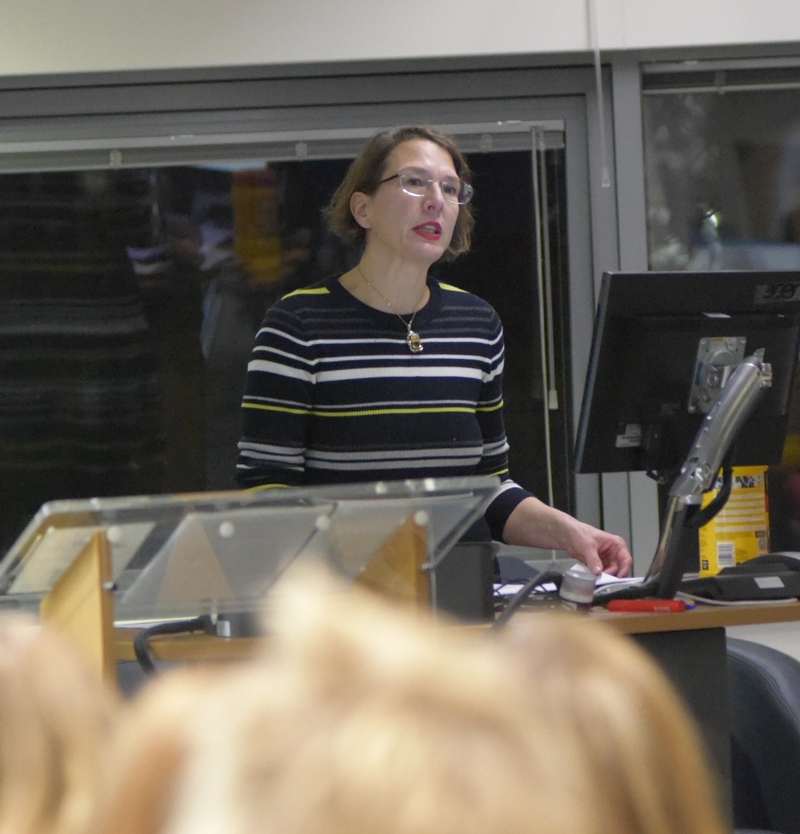
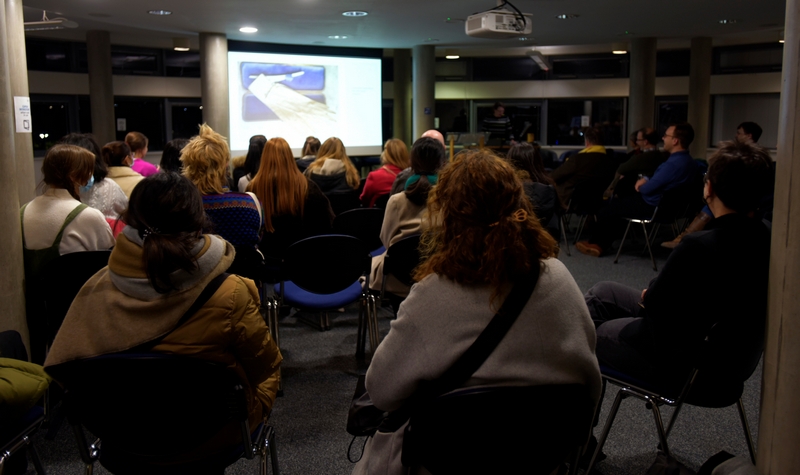
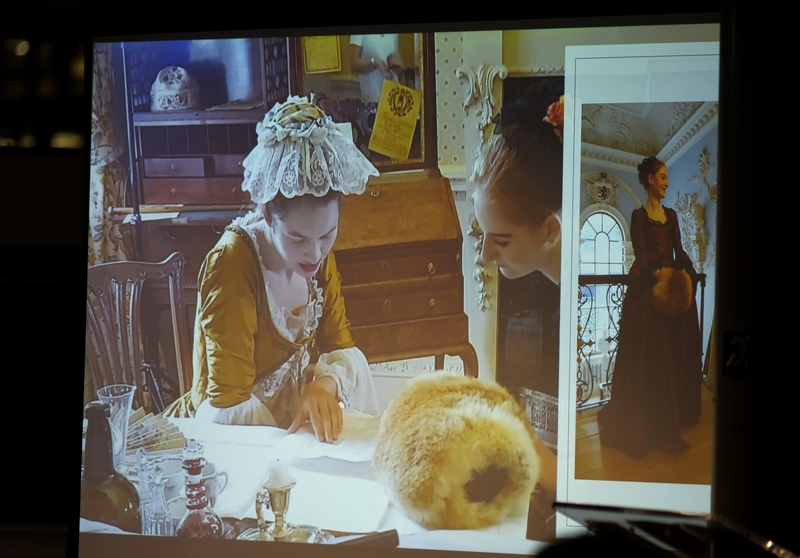
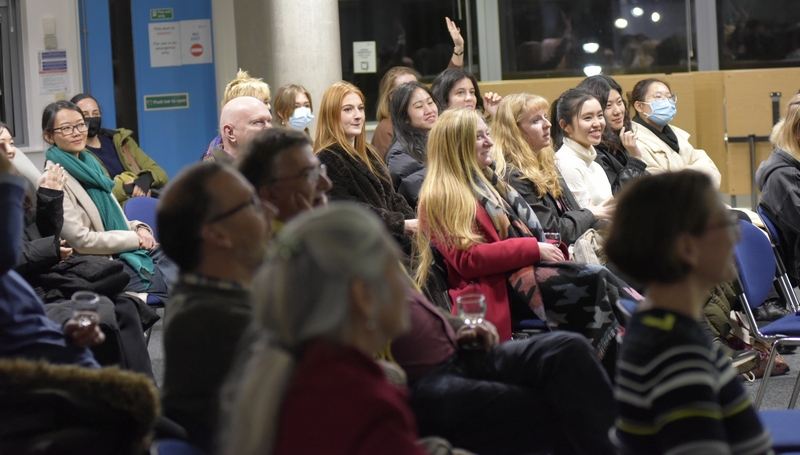

![The page of a child's copy book with the line 'Death is inevita[ble] over and over in copperplate](https://dmda.york.ac.uk/wp-content/uploads/2022/04/launch-07.jpg)
